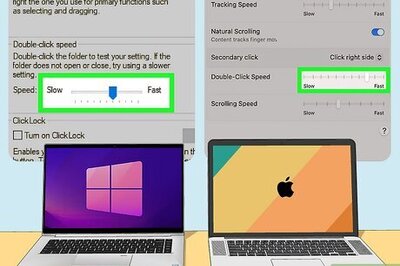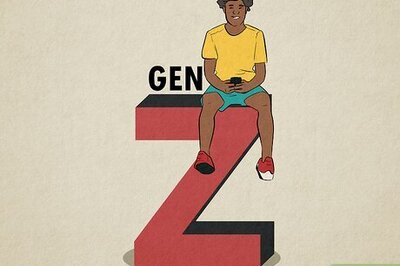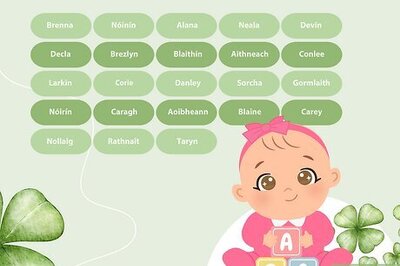
views
At the EICMA auto show that kicked-off today, Honda unveiled a handful of updated models for the next motoring year. One amongst them was the new CB1000R that has been unveiled ample of changes as against the outgoing version. The neo sports café has arrived with both cosmetic as well as a few mechanical changes.
Its four-cylinder engine is now tuned to make 16 per cent more peak power than the previous CB1000R at just over 10,000rpm and 5% per cent more torque right through the mid-range. It is also 4 per cent shorter geared, to extract even faster acceleration from the power-up.
With the increase in output comes Throttle By Wire (TBW) with 3 preset riding modes plus a USER setting. Power (P), Engine Brake (EB) and Honda Selectable Torque Control (HSTC) work together across the presets.
The new CB1000R is 12kg lighter than the previous street-fighter-focused design making for a 20 per cent improvement in power to weight ratio. It’s also smaller and is based on a box section mono backbone steel frame, with Showa Separate Function Fr Fork Big Piston (SFF-BP) USD suspension up front and a Showa monoshock at the rear. Radial-mount front brakes, ABS and a 190-section rear tyre complete the chassis’ specification.
All lighting is LED and the thin round headlight employs a horseshoe-shaped light ring as well as distinctive two-bar light signature. The rear light is also a semicircular light bar that fills in solid when the brakes are applied. The T-shaped instrument panel – integrates into the top yoke, minimising bulk and the ignition switch is positioned at the front of the fuel tank.
The CB1000R employs a mono-backbone steel frame. It uses split-tightening aluminium pivot plates – which save 2.5 kilograms - to grip the signature 574.2mm single-sided swingarm.
Rake is set at 25° with a trail of 100mm. The wheelbase is 1455mm with a wet weight of 212kg – 12kg lighter than the outgoing model. Weight bias is 48.5%/ 51.5% front/rear. Helping the CB1000R’s side-to-side agility, the crank centre height is 5mm higher.
The rider triangle is relaxed, with a ‘natural crouch’ afforded by the 12mm wider tapered aluminium handlebars sited 13mm higher than the previous design, matched to a seat height of 830mm. The flangeless fuel tank too is broad-shouldered but heavily cut-away to allow plenty of knee room.
The adjustable front fork is a Showa Separate Function Fr Fork Big Piston unit (SFF-BP). It contains all the damping function in one leg, reducing weight, while delivering compliance, comfort and control across a broad range of riding conditions. The Showa rear shock, with new black spring for 2020, adjusts for spring preload, and rebound damping.
Upfront dual radial-mount four-piston front callipers bite 310mm floating discs, matched to a twin-piston caliper and 256mm rear, and 2-channel ABS. A 190/55 ZR17 rear tyre sits on a 6.0-inch rim, replacing the 180/55 ZR17. The front tyre remains a 120/70 ZR17.
The CB1000R’s 998cc DOHC four-cylinder engine provides a healthy dose of both power and torque: 143 hp @ 10,500rpm and 104Nm @ 8,250 rpm compared to the previous version’s 123 hp@ 10,000rpm and 99Nm @ 7,750rpm. Bore and stroke remain 75mm x 56.5 mm but compression ratio is up 0.4 to 11.6:1 and the pistons are now forged rather than cast.



















Comments
0 comment